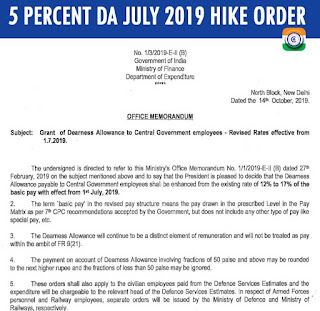Resolution of Anomalies in the 6th CPC Report

Recommendations of the Sixth Central Pay Commission (CPC) and several improvements made thereon by the Government have been largely well received by the armed forces personnel including ex-servicemen. Some issues regarding service conditions, pay, pension and allowances, including demand for non-functional upgradation, were subsequently received, which were examined by the Government on case to case basis.
Some of the pay concerns of armed forces personnel were also examined by a committee constituted under the chairmanship of Shri Pranab Mukherjee, the then Minister of External Affairs. The committee's recommendation on placement of Lt Cols / equiv in Pay Band IV was accepted and implemented by the Government.
Thereafter, a committee was constituted under the chairmanship of the Cabinet Secretary in 2012, to examine certain pay and pension issues of armed forces personnel. All the recommendations of Cabinet Secretary Committee related to ex- servicemen were implemented. The Committee's recommendations on pay related issues were referred to the 7th CPC.
The improvement of service conditions, pay, allowances and retirement benefits of armed forces personnel is a continuous process, which is examined in consultation with various stakeholders, and on case to case basis.
This information was given by Minister of State for Defence Dr. Subhash Bhamre in a written reply to Shri Rajeev Chandra Sekhar in Rajya Sabha today.
PIB










